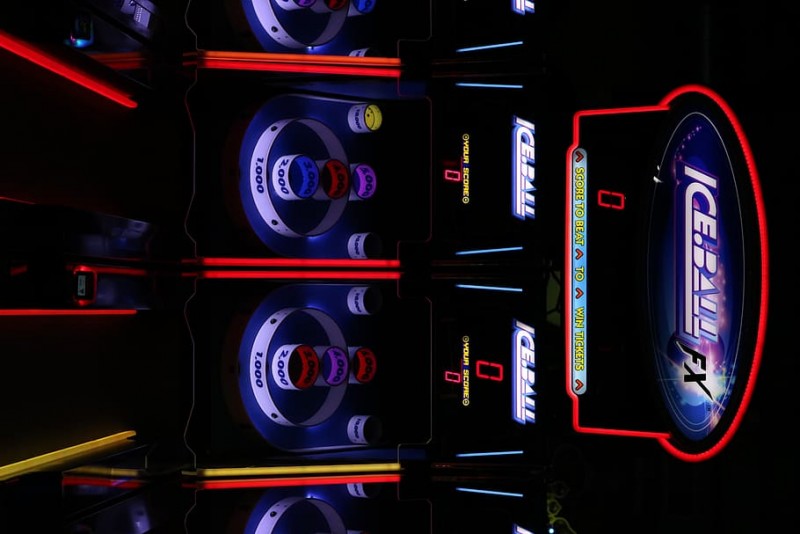
Arcade game machines have a nostalgic charm that continues to captivate both the young and the old. While there are various ready-made arcade machines available in the market, building your own custom arcade game machine can be a rewarding and fulfilling experience. Not only do you get to tailor it to your preferences, but you also gain valuable insights into the technical aspects of gaming and programming. In this article, we will guide you through the step-by-step process of building and programming your very own custom arcade game machine.
Understanding Arcade Game Machines
Before diving into the construction and programming process, it's essential to understand the basic components of an arcade game machine. An arcade machine typically consists of a cabinet, controls, a screen, and a power supply. The cabinet houses all the internal components and provides structural support, while the controls allow players to interact with the game. The screen displays the gameplay, and the power supply ensures the machine runs smoothly.
Building Your Custom Arcade Game Machine
Researching and Planning: The first step is to research and plan your custom arcade machine. Determine the type of games you want to play, the size and design of the cabinet, and the required technical specifications.
Selecting the Components: Once you have a clear plan, it's time to select the components for your arcade machine. Choose a reliable monitor, a powerful CPU, suitable controls, and quality speakers for an immersive experience.
Assembling the Cabinet: Assembling the cabinet is a crucial step. Follow the design plan and ensure all components fit securely. Pay attention to proper ventilation to prevent overheating.
Wiring and Power Supply: Carefully wire all the components together, and double-check the connections. A stable power supply is essential to avoid any technical issues.
Installing the Controls: Install the buttons, joysticks, and other controls according to your gaming preferences. Ensure they are responsive and easy to use.
Adding Audio and Visuals: Enhance the gaming experience by adding quality audio speakers and ensuring the screen displays vibrant visuals.
Programming the Arcade Game Machine
Choosing the Right Software: Select suitable emulation software that allows you to run classic arcade games on your custom machine.
Writing the Code: If you want to create original games, learn programming languages like Python, C++, or JavaScript to code your own arcade games.
Testing and Debugging: Thoroughly test your games for bugs and glitches. Debugging is an integral part of ensuring a smooth gaming experience.
Adding Customization Options: Consider adding options for players to customize controls, difficulty levels, and other game settings.
Troubleshooting Common Issues
Despite careful planning, you might encounter issues with your custom arcade game machine. Common problems include display issues, control malfunctions, and software compatibility. Research common troubleshooting techniques and forums to find solutions.
Maintenance and Upgrades
Regular maintenance is crucial to keep your arcade machine in top condition. Clean the cabinet, check for loose connections, and update software regularly. Additionally, consider upgrading components to stay up-to-date with the latest gaming advancements.
Building and programming a custom arcade game machine is a thrilling journey that combines creativity and technical skills. From assembling the cabinet to writing code for your favorite games, the process allows you to craft a personalized gaming experience. Embrace the challenges, enjoy the learning process, and immerse yourself in the world of arcade gaming!
Birthday Special - Wishing the Man of Melodious Voice, Sonu Nigam!